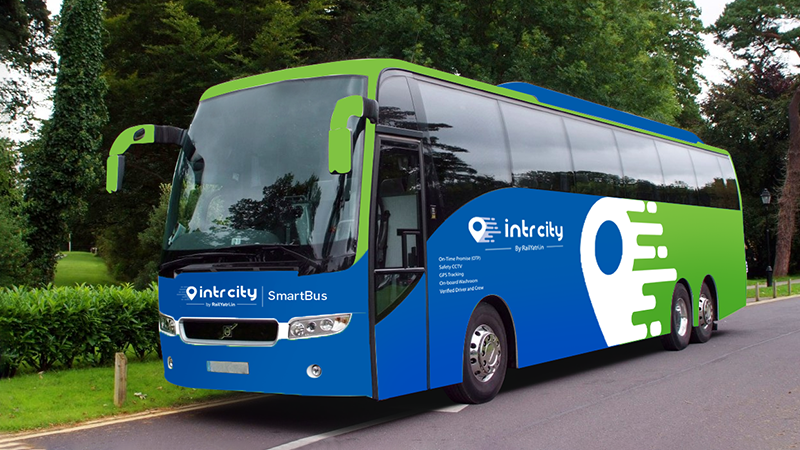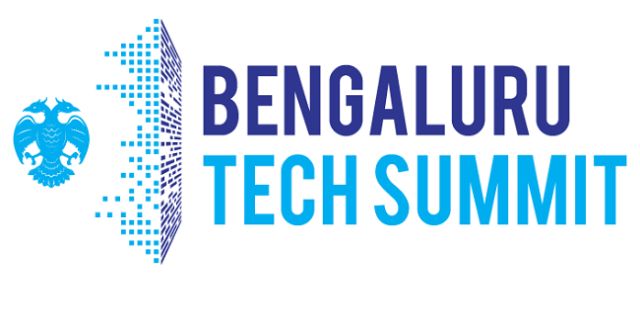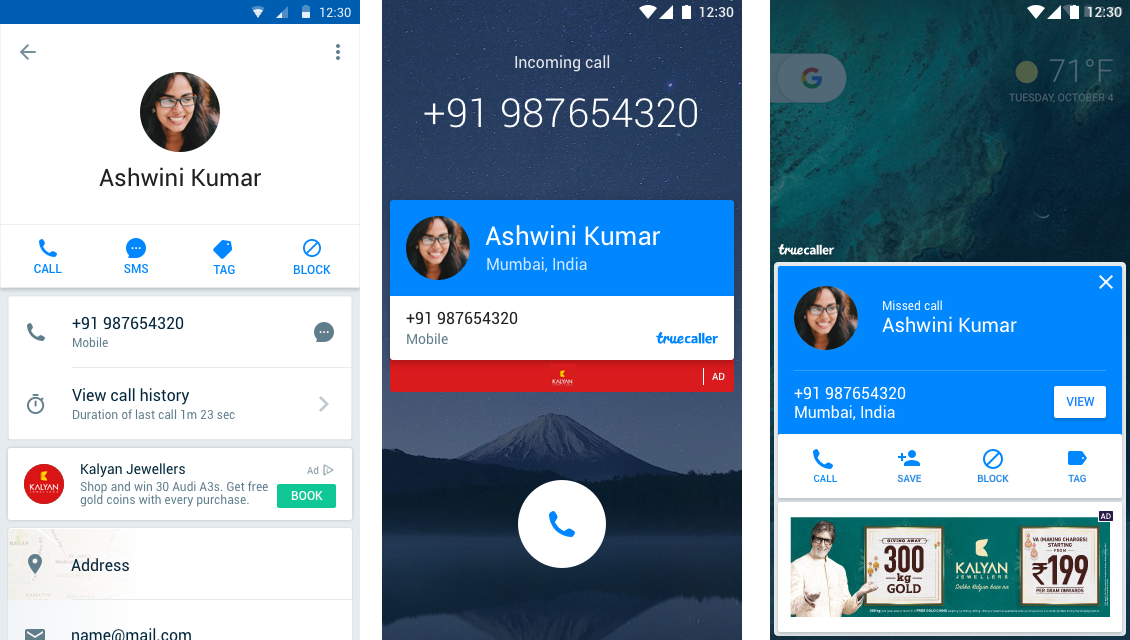You can’t fail to notice the significant increase in the use of lithium ion batteries in recent times and that upward trajectory is likely to continue at a pace when you consider that they are being used to drive the electric vehicle revolution.

Their storage capacity is impressive compared to other batteries and there are other significant advantages too, but there are also negative points to consider as well.
The fact that you have to think about using specific packaging solutions from someone like clsmith.com to transport these batteries safely should tell you that they have their unique qualities and there are other considerations to be aware of besides this.
As you might expect with any sort of technology it tends to offer advantages and disadvantages, so here is a look at some of the key pros and cons of lithium ion batteries.
The ability to last longer than other batteries
If you had to come up with a headline advantage for lithium ion batteries as the primary reason why you should choose this technology for your energy needs it would be the high energy density that it offers, which means it has more power storage ability and should last longer between charges.
We use a multitude of gadgets and technologies in our daily lives that need batteries that are capable of lasting as long as possible in order to give us the best usage options.
With an impending sense of urgency to switch to electric vehicles in order to reduce carbon emissions lithium ion batteries are going to take a starring role in providing that high energy density required to keep everything moving.
The downside to lithium ion technology is that that density means the battery needs to be protected against going beyond charging and discharging limits.
Fortunately, the protection circuitry required can be incorporated into the battery at manufacture so that it can be left on charge without being subjected to damage.
A lower self-discharge rate
You probably won’t need to be told that batteries can discharge at an alarming rate and that can mean your smartphone, for instance, could be rendered useless when you are nowhere near a charging point.
A notable advantage attached to lithium ion technology is that their rate of discharge is lower than rival rechargeable cells such as Ni-Cad.
Batteries tend to degenerate in performance over time but with lithium ion, you will lose roughly 5% of power in the first four hours of charging and then no more than 2% per month thereafter, which compares favorably to the self-discharge rate of Ni-Cad, for example.
However, it is not all good news as lithium ion batteries do still suffer from aging.
A typical battery using this technology will manage about 1,000 discharge cycles before its capacity begins to descend, although the technology is still evolving and there is optimism that this problem can be resolved in the future.
Good to go
Another advantage of lithium ion batteries that deserves a mention is the fact that there is no requirement for priming the battery prior to being put into use.
This is a distinct advantage when you consider that some rival rechargeable cells need to be primed when they receive their first charge before they are able to be used.
Install and forget
Another key advantage attached to using lithium ion batteries is that they are very low maintenance.
A lithium ion battery will maintain its level of performance without the need for any periodic maintenance. By comparison, Ni-Cad cells need to undergo a periodic discharge in order to ensure that the battery does not suffer from any memory loss.
Memory problems are not an issue with lithium ion batteries and that means you do not have the same concerns with regard to maintenance when you use this technology.
There are various types of lithium ion cell batteries available and that means they offer a degree of versatility across a range of applications. It is clear that with energy-hungry smartphones being an ever-present technology in modern life you will need a battery solution that provides that high-density energy solution required to keep the screen alight.
Whatever application you use a lithium ion battery for it will be the same scenario that moderate maintenance is required to maintain performance.
Of course, there is currently a financial cost attached to accessing such smart battery technology and lithium ion batteries do tend to be as much as 40% more expensive than Nickel-cadmium cells to manufacture.
Some might consider that a price worth paying when you see how well lithium ion performs.
Transportation costs are an issue
If there is one particular issue that is potentially stunting the rapid progress of lithium ion technology from becoming even more mainstream it is the difficulties attached to the transportation of these batteries across the globe.
A fundamental issue that needs to be addressed is that many of the world’s airlines have imposed strict limits on the number of lithium ion batteries they are prepared to have onboard at any one time.
There are other methods of transportation, of course, and container ships full of lithium ion batteries are constantly traversing the major sea routes, but that is a slower method of delivery than transporting by air.
This issue affects personal travelers as well as commercial operations selling batteries to their customers around the globe, and the problem relates to the potential fire hazards. The partitions in this type of battery are fragile and risk being punctured if the unit is damaged, leaving it vulnerable to a spark managing to ignite the lithium, which is highly reactive.
In terms of resolving this issue from a commercial transportation perspective, as already outlined, there are specific packaging solutions available that minimize this risk and help to satisfy the relevant authorities and regulations when you want to move these batteries across borders and even state lines with the minimum of fuss.
In general terms, when you look at the pros and cons of lithium ion technology it would probably be fair to say that the advantages outweigh the disadvantages.










